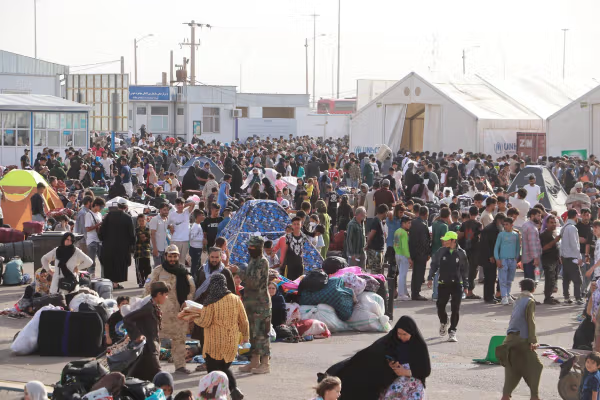The study, High-Risk Drug Use in Afghanistan, mapped 651 drug-use “hotspots” roughly 2.6 per 100000 people each hosting an average of 41 high-risk users. Kabul recorded the largest concentration with about 4700 users, followed by Faryab province with 3200. UNODC said around 2500 people, or 9 per cent of users in these areas, inject drugs, heightening the risk of infectious diseases.
Women account for 10 per cent and children eight per cent of all high-risk users, groups UNODC labelled “especially vulnerable”.
Production and supply
Afghanistan has long been a major producer of illicit opium. Between 2018 and 2022 it yielded an estimated 5,000–6,500 tonnes annually, contributing up to 11 per cent of national GDP in 2020. The Taliban’s April 2022 ban on poppy cultivation prompted a 95 per cent drop in production, from 6200 tonnes in 2022 to about 333 tonnes in 2023, the report said.
The clamp-down on opium has coincided with a rise in synthetic drugs. While methamphetamine production was formally banned in 2022, precursors such as ephedrine and pseudoephedrine remain readily available. Recent large seizures in Afghanistan and neighbouring states suggest meth output and trafficking continue largely unabated.
UNODC noted Afghanistan’s historic role in cannabis cultivation, once the world’s second-largest source between 2014 and 2018, but said no reliable data exist on the crop’s status since the Taliban ban.
The agency urged greater support for treatment services, with a focus on women and children, and called for continued monitoring of shifting drug trends in the country.





